The Miller’s Drift Walk
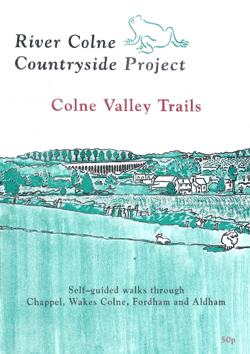
The Miller’s Drift Walk is one of 3 walks in the first booklet produced by the River Colne Countryside Project (prior to 2013). Produced in association with local people & groups, this self-guided walk was originally marked out with way markers like those below. The River Colne Countryside Project is a joint venture between CBC and BDC; it is a partner in the Colchester Countryside Service.
If you would rather use a printed copy then please download the following PDF file. It will squeeze onto 1 page if printed double-sided.
Introduction
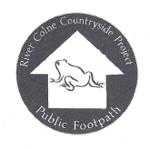
This is one of three walks that can be started from Chappel. Chappel is between Halstead and Colchester on the A604 and can be reached by bus from these towns (No. 88). It also has a station on the Marks Tey-Sudbury railway line. The walk is about 6 miles long and should take 2 – 3 hours.
The other two walks are:
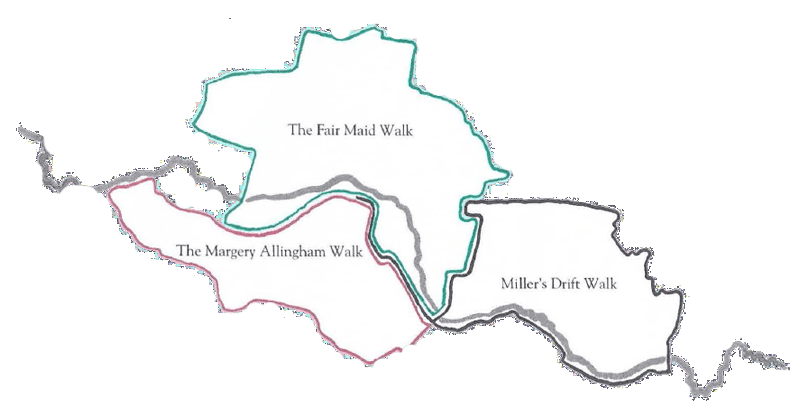
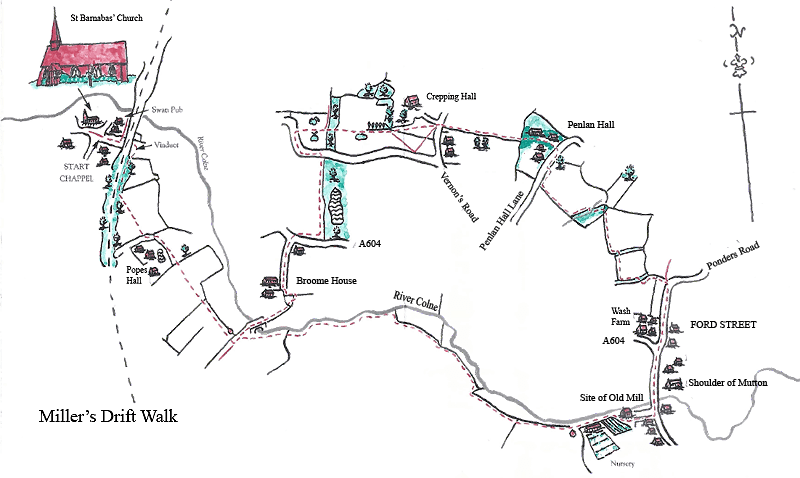
The Text & Original Images to Accompany the Walk
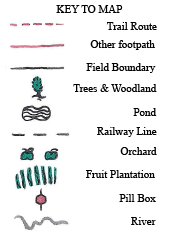
This walk can be started at either Chappel or Ford Street. Parking is available at the Shoulder of Mutton in Ford Street, the Swan at Chappel or just up the road at the
edge of the “Playfield”. The name Miller’s Drift refers to the Old Mill at Ford Street in
Aldham Parish., the ‘Drift’ being the old word for a place where livestock would cross
the river. This walk was named by Aldham Parish Council.
St Barnabas’ Church
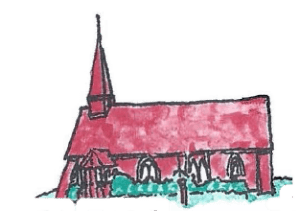
St Barnabas’, a single cell church with a wooden turret, dates from the 14th Century. The church is just as attractive on the inside, visitors being rewarded with the sight of fine mediaeval craftsmanship, particularly in the roof.
River Colne
The Colne Valley is a typical example of those formed by the effects of glaciation . The valley is one of several in North East Essex that have been carved out of the original plateau that was here before the last ice age. The river rises south of Steeple Bumpstead and flows out into the Blackwater Estuary.
In between, the Colne runs through diverse and attractive landscapes; here, east of Chappel, the surrounding floodplain is pasture land and Cricket Bat Willow plantation. Further up river, arable farmland comes right down to the riverbank.
In summer, Dragonflies and Damselflies patrol the river and its banks, whilst Kingfishers can occasionally be seen . In winter, the skies above the valley are filled with Fieldfares and Redwings from Scandinavia and other parts of Northern Europe .

